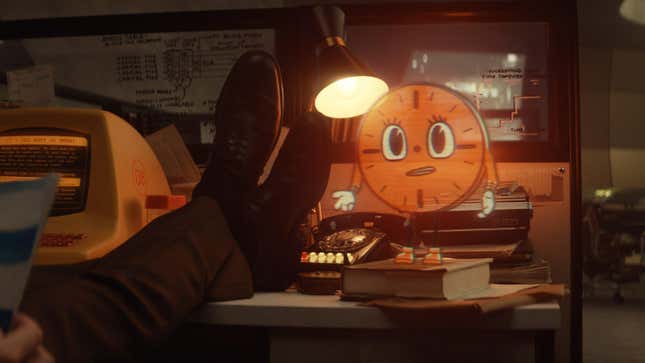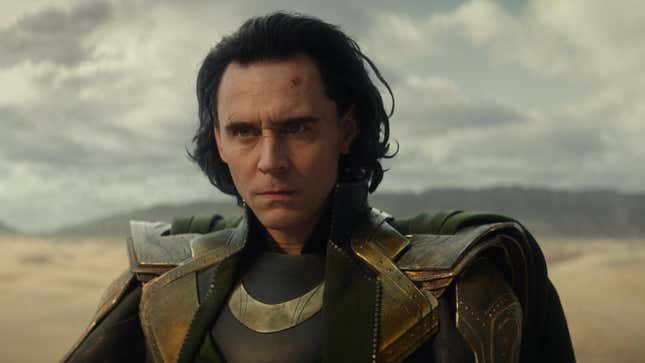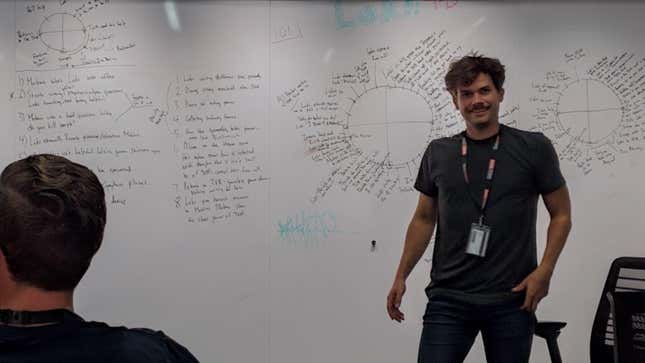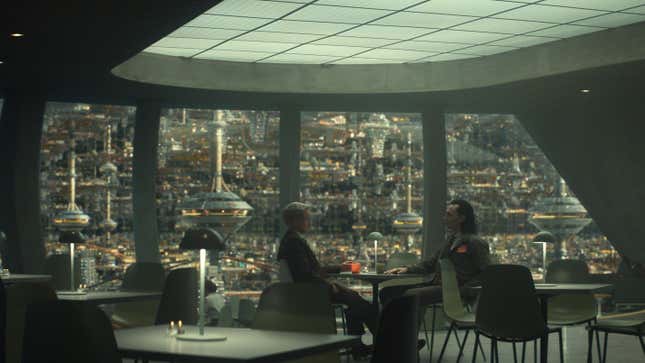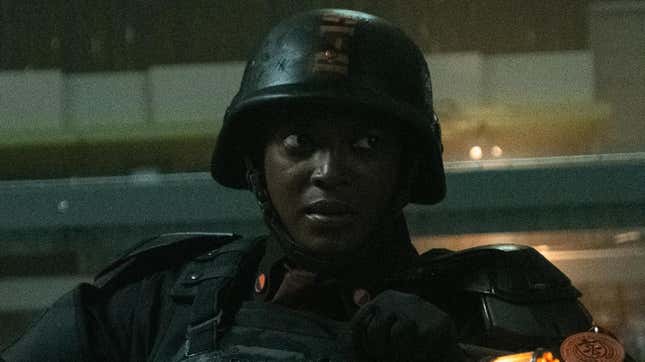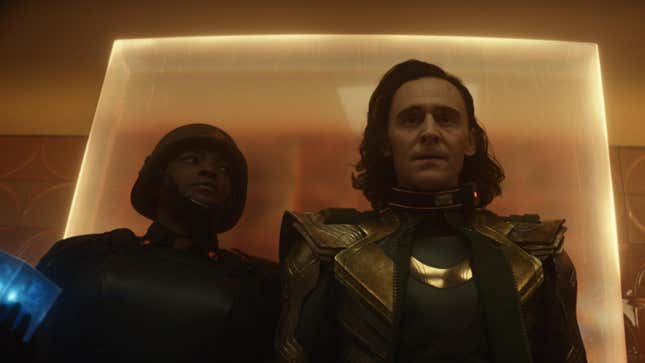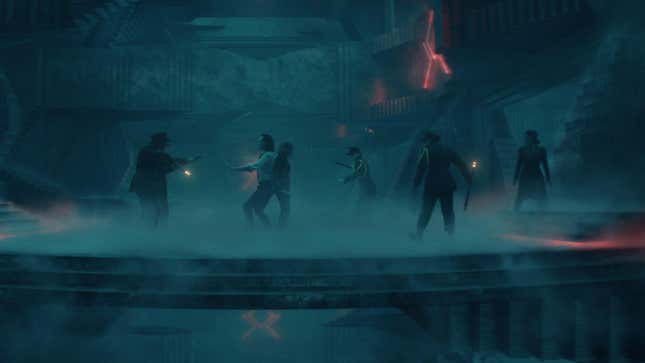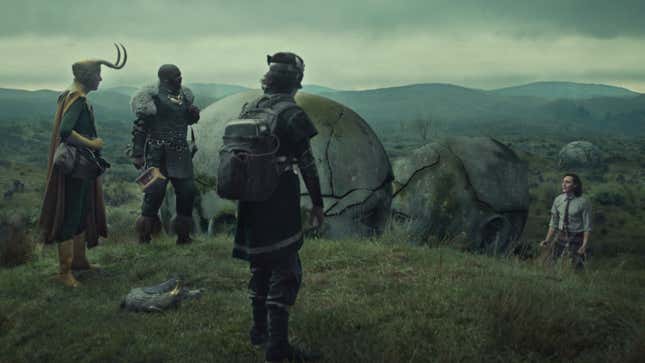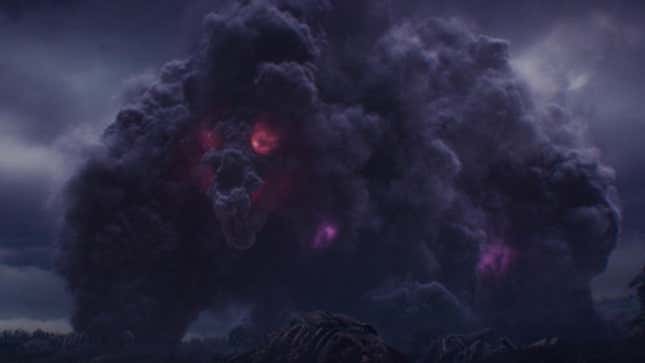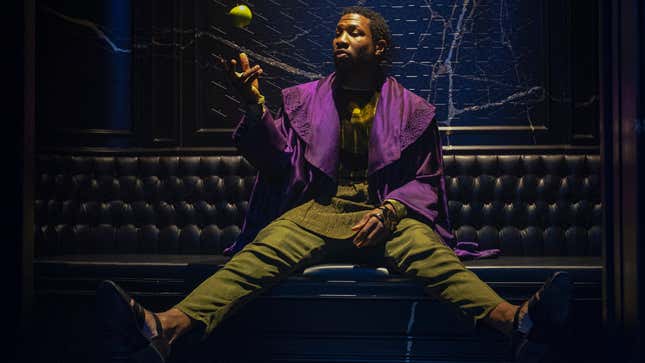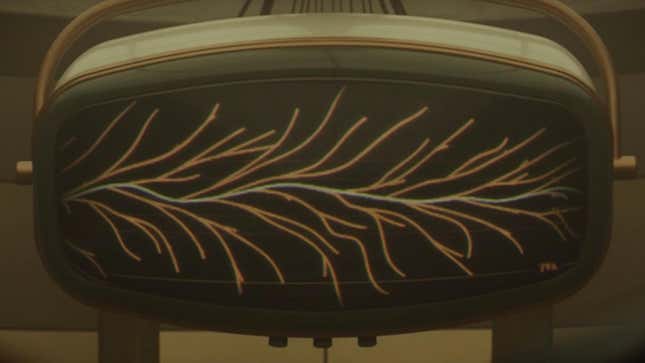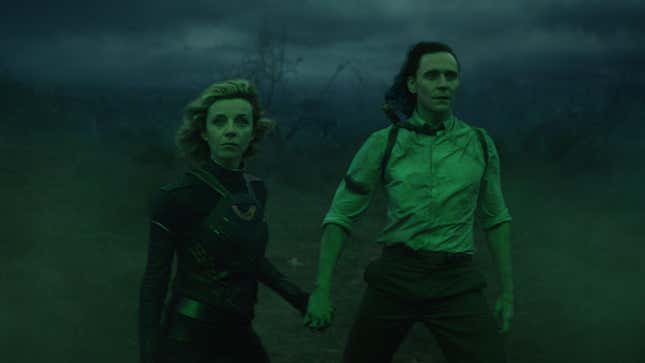
After watching Disney+’s new documentary on the making of Marvel’s Loki, you’re gonna have a list of movies to watch. The behind-the-scenes episode, which is the latest in the Assembled series that’s already covered WandaVision and The Falcon and the Winter Soldier, is filled with fascinating facts and revelations about the time-bending show starring Tom Hiddleston. There’s historical context, plus info on the show’s design, production, and scope—and, yes, plenty of classic movies the creators drew inspiration from.
